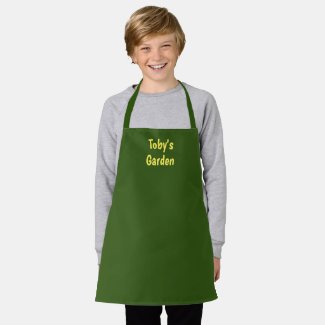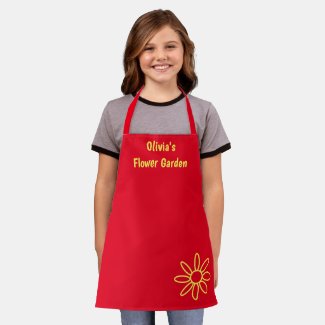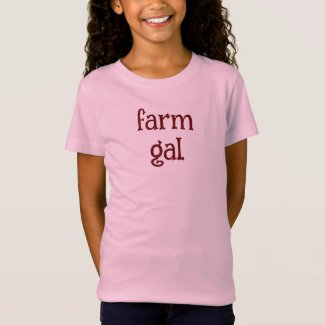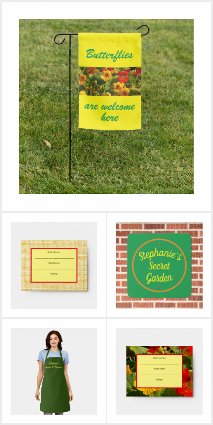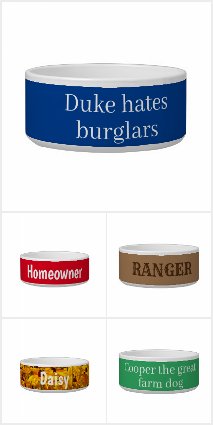Word is out: Children’s gardening builds happier, healthier, more respectful kids
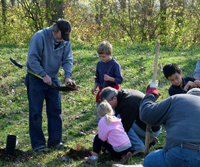
Copyright National Lilac Publishing, LLC
Smarter, also. Many now know how great children’s gardening is for childhood, whether at home, school, or a community garden. From growing bright red carrots, Cinderella pumpkins, and African Jelly Melons, to imaginative fairy gardens, we’ll lead you to many ideas and resources so gardens can enhance the lives of your own group of kids.
The understood benefits of children’s gardening continue to mount
Gardening with children helps wire their brains to see subtle connections and enjoy long-term process vs. instant gratification. The National Foundation for Educational Research reported that children's gardening helped them gain essential skills needed to fulfill their potential in our quickly changing world, and become positive contributors to society.
Another scientists’ study found a common beneficial garden
soil bacteria caused the same mood enhancement as some anti-depressant
drugs! Even more amazing, researcher Dan Carlson found that sounds at
5000 hertz are very beneficial to life. Crickets and birdsong are at
this sound frequency range.
We’ll
show you some new and sometimes quite inexpensive ways to bring even
more joy, education, meaning and magic into your kids’ garden adventure.
Plus, we’ll lead you to some great non-profits with outstanding free
how-tos for adults involved in planning and operating children’s
gardens. We’ll also link you to quick free instructions on how you can set up
a kids’ garden in a few hours with no ‘tilling at all.
Seed to feast – empowering kids to understand connections
Kids
learn to make connections and see how behavior now affects later
outcomes when kids’ gardens include an obvious and well-defined seed to
feast component. Example, kids plant Roma tomatoes in May for a
spaghetti feed party with their neighborhood friends in fall.
Or,
children grow chocolate mint and lemon verbena herbs to have a tea
party in summer with chocolate mint iced tea and lemon cake flavored by
putting lemon verbena leaves at the bottom of the cake pan, flipping the
pan over to remove the finished cake, then removing the leaves before
serving. In both cases, kids plant the seeds or cuttings, nurture the plants,
harvest the crops, help make the meals, then enjoy an extremely fun and
meaningful group activity feast.
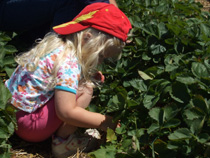
A garden of my own
There are many ways to make kids feel that a part of a garden is their own. They can be in charge of tending just one plant or a few herbs in a larger family or school garden, or even on a porch. They can have their own kids’ garden segment within the larger family garden. A themed postage stamp children’s garden can be created just for them (see below).
Seed to gift is also rewarding in children’s gardening
Kids can grow potpourri crops, flowers for pressing onto handmade bookmarks, or sweet-smelling herbs to dry and crumble into simple hand-poured soaps (craft stores sell the inexpensive molds and melt-and-pour soap ingredients). Just be sure to set the goal and follow through on each step until completion.
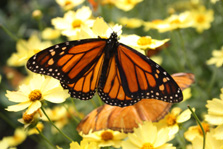
Themed postage stamp children’s gardening
Whether it’s porch gardening, carving out a small theme garden within a larger traditional vegetable garden, or making a separate small themed garden on its own, little themed growing areas are delightful for children. You can choose different themes each year for small groups of kids, or assign different themes to larger groups.
Themes include
iced tea gardens,
spaghetti gardens, birdseed gardens, cutting flower gardens, edible flower gardens,
decorative gourd gardens, pizza gardens, butterfly gardens, hummingbird
gardens, beneficial insect gardens, wildflower gardens and
history-linked gardens such as growing the Native American Three Sisters
garden.This is where tall corn is planted. Then climbing beans
are planted around the corn to climb up the corn stalks. Finally,
pumpkins, gourds or squash are grown in the area surrounding the corn
and beans. These “three sisters” mutually benefit each other. The corn
gives the beans something to climb on, the beans make more nitrogen in
the soil for the corn, and the squash spreads and keeps weeds away from
the shallow rooted corn and beans.
Children’s gardening themes can also
include culture and ethnic themes, such as Italian or Mexican
vegetables. A special potato garden (potatoes like less lime in their
soil than regular veggies, so benefit from being separate) or a potato barrel are great fun for kids.
When it’s time to harvest potatoes, they dig through the ground like
hunting for Easter eggs.
Book to garden connection
It can be fun to attach children’s favorite books to gardening. You can read fairy tales and grow Peter Rabbit’s carrots and chamomile, or use Laura Ingalls Wilder’s Little House Cookbook to find crops to grow in a history garden like Laura may have tended. Read children’s butterfly books along with growing a butterfly garden, or purchase or check out Sunflower Houses by Sharon Lovejoy at your library and do some of the book’s kids’ gardening activities, such as growing those enchanting sunflower houses.
Fairy gardens
Whether
you simply want to nurture the imagination of unseen worlds, or want to
explore Celtic tradition more seriously, fairy gardens make enchanting
summer or even permanent kids’ gardens where children can enjoy multiple
outdoor imaginative group activities with other kids and their fairy
friends. For example:
- Miniature fairy gardens
Whether grown outside or in a container on a porch, mini fairy gardens are a delight for kids. Choose a small area that kids can reach to the middle of from all sides, such as an irregular oval of about 2 feet by 1 and 1/2 feet. At your nursery, choose a soft green moss that grows well in your area and stays flat to the ground. Choose enough to eventually fill the miniature fairy garden’s allotted area. This makes the fairy meadow.
Then for a twiggy, miniature aromatic fairy’s garden hedge, find the nursery’s collection of thymes (Thymus spp). You can find find miniature fairy thyme “hedges” that grow from one to six inches tall that bear pink or white tiny flowers for fairy bouquets. Tuck your choice of thymes around the fairy garden’s edge. Help get the children started placing flat stones for paths and large pieces of bark for fairy picnic tables, then let their imaginations take over.
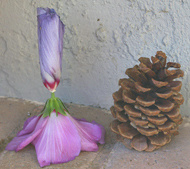
Kids can also plant simple flower fairy gardens by growing old-fashioned hollyhocks in a sunny area along with a little space to make miniature fairy houses from objects found in nature. To make a flower fairy from a hollyhock, snip off an open blossom so there’s about a quarter inch stem. Then find a closed blossom that’s dropped to the ground, and affix it’s opening over the stem of the flower. It looks like a fairy with a flower gown and her hair piled up high on her head.
- Connecting book and fairy garden
Fairy gardens are another great way to connect books and movies to children’s gardening. Read some of your favorite Flower Fairies children’s books by Cicely Mary Barker and plant the flowers her fairies live amidst. Or, read the Fairy Houses children’s book series, which inspires kids to make fairy houses anywhere in nature, and helps them especially love fairy gardens of their own.
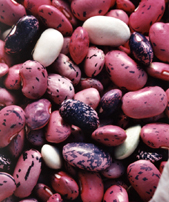
Seed to seed project
Choose at least one crop to save the seed from year to year, teaching the time-honored method of choosing seed from the best producers in your climate so nature can diversify the human food supply. For younger children’s outdoor activities, too much seed saving can be tedious and overwhelming for something they won’t see the results of for an entire year. But choosing just one plant can make the venture fun. Genetically modified (GMO) crops cannot legally be saved and replanted. Avoid hybrids, also. Something will grow from them, but they are crosses between two parent plants to make a new plant. The result is usually one of the parent plants. Obtain “open-pollinated” varieties for saving seed that will recreate the crop it came from. (All heirlooms are open-pollinated). Once you have the right seeds, you have to make sure they don’t naturally cross pollinate with other similar plants during the growing season, or the resulting seed will create a cross the next year. Pumpkins easily cross pollinate with gourds grown within the same garden, for example. Some corn varieties, which are wind pollinated, have to be planted at least 300 feet away from other varieties.
Two fairly easy seeds to save are tomatoes and climbing beans. Tomatoes are self-fertile, so pollination from another tomato plant is rare. Beans can cross pollinate, but they have to be extremely close together. If planted just a few feet away from other beans, they usually produce the same bean next year.
The money-earning kids’ garden
Kids can have fun selling pumpkins, flowers, cucumbers, etc. they grew themselves. When done
hap-hazardly without knowing ahead there are people who will buy from them, selling results may vary from no
purchases to many. So don’t make big promises and set up failure. But if
planned and thought out ahead of time, kids’ gardens can earn spending
money year after year.
Here’s a longer story of how kids earned money with a well-planned large harvest garden and an almost guaranteed market.
Grow incredible edibles
Get on the mailing list or go online for the heirloom seed catalogs like Nichols and Baker Creek Heirloom Seeds. You won’t believe what you’ll find! Here are some fun favorites from Baker Creek: bright red Chinese Red Noodle beans that grow a foot and a half long, Cosmic Purple carrots, Dakota Black Popcorn, and spiky African Jelly Melon with pulp described as resembling lime green Jell-o!
Creative garden experiments
Etch words or initials in pumpkins while they’re still green and the letters will become permanent on the pumpkin as it ripens.
Stick a large
pickling cucumber in jar with a narrow opening while it’s young and
small enough to go inside. Once it grows large and ripens, snip it off
and pour in pickling brine. People will wonder how you got the large
pickle in the jar with the small opening.
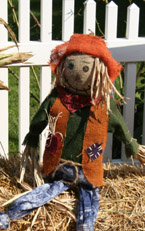
Or, use Veggie Forms or your own homemade shapes to grow squash and other crops with faces and other fun shapes.
Make a scarecrow family
Small groups of kids can cooperatively build a scarecrow. For a large enough group of kids and more than one scarecrow, consider making a scarecrow family rather than having a scarecrow competition. Here’s a link to a simple scarecrow how-to.
Consider soil amendments from the sea
There
are many good composting and organic growing guides. If they don’t
already suggest soil amendments such as kelp or fish emulsion from the
sea, consider adding it. The book
Micro Eco-Farming: Prospering from Backyard to Small Acreage in Partnership with the Earth
interviews a researcher and author
who discovered his kids were getting less colds and flu when he mulched
with seaweed, and his crops withstood disease, pests and strong weather
better than before. AcresUSA and other regenerative farming
publications also report on the benefits of sea derived composting materials. Some growers prefer a closed system where no imputs outside the farm are brought in. So unless their own property edges a seashore where they'd gather their own, sea ingredients wouldn't fit in with their plans. In those cases, if the family ever eats seafood, take advantage of the leftover scraps for enriching the soil.
Non-profit kids’ gardening sites
Two great non-profit kids’ gardening sites are the non-profit National Gardening Association's kids' material, and another great non-profit for children's gardening in schools. They have free resources on planning and obtaining grants for school gardens, a parents’ guide, and more information on garden layout and how to grow specific crops.
Quick raised bed garden how-to
Here’s a link to a quick how-to on making raised garden beds This method uses cinder blocks as very versatile edging. But if kids are very young and the sharp edges of the cinder blocks are a concern, use smooth large stones instead, or just leave off the edging and allow the soil of the raised beds to slope down.


